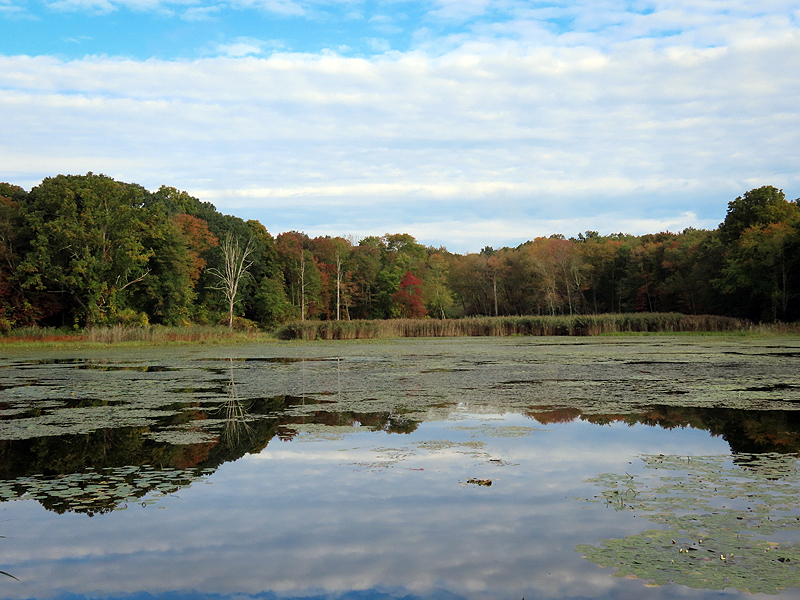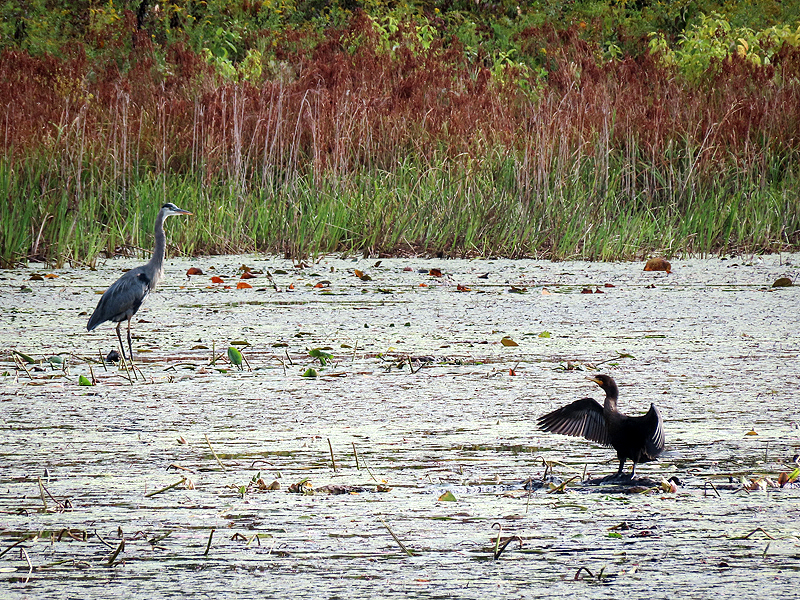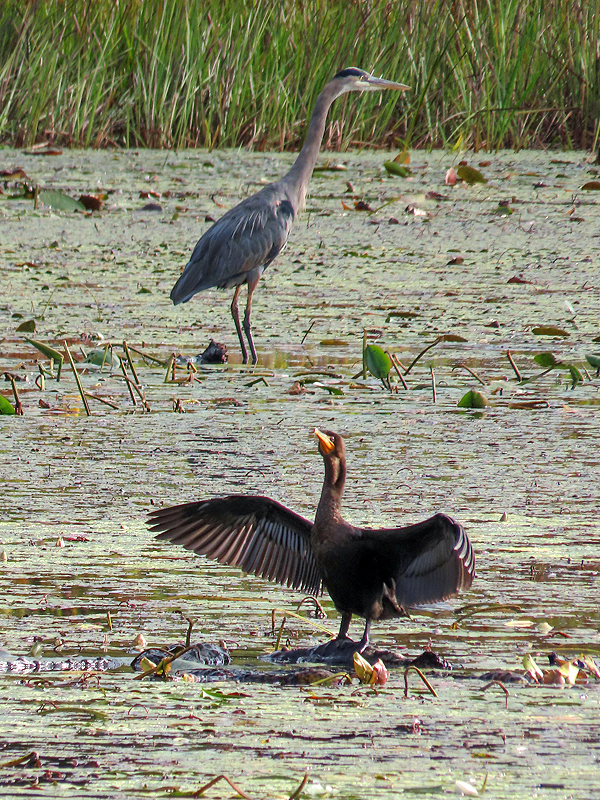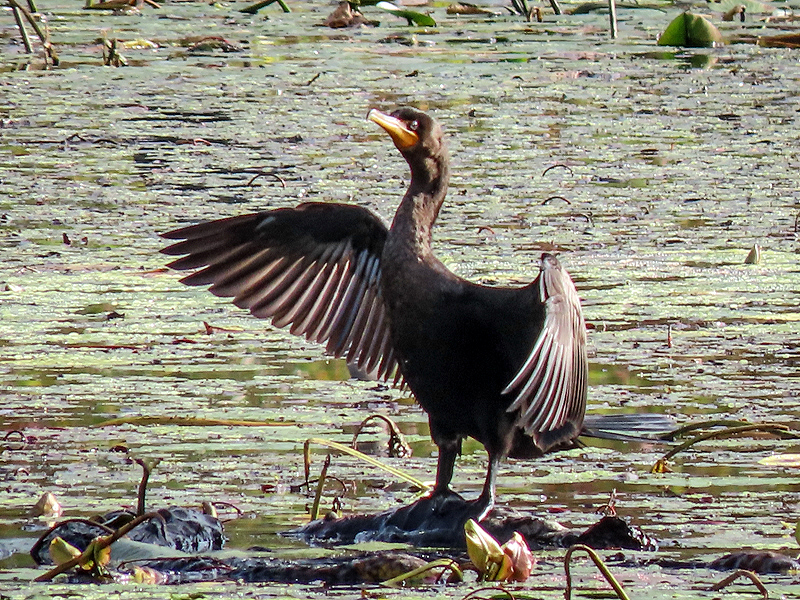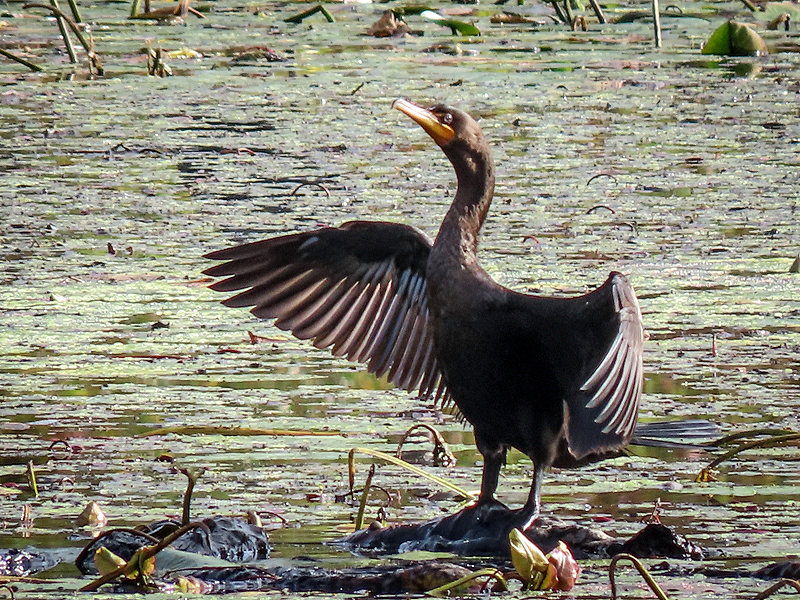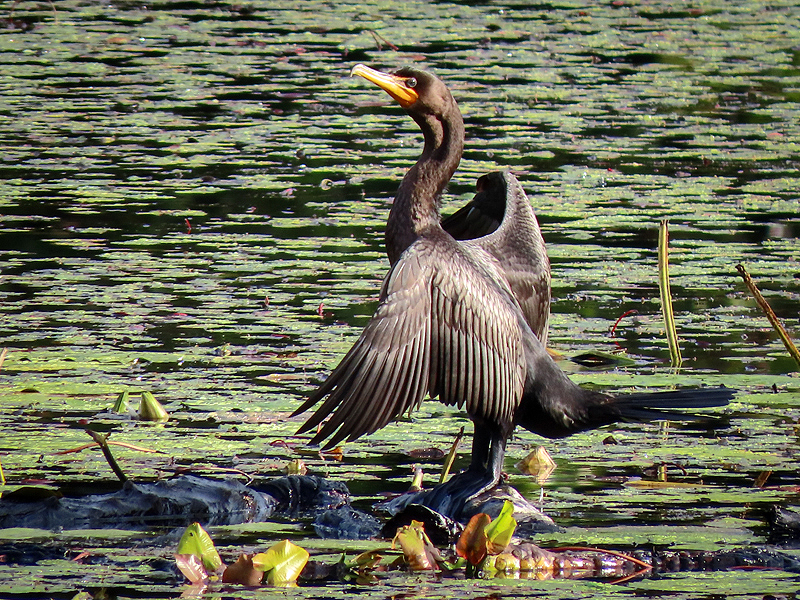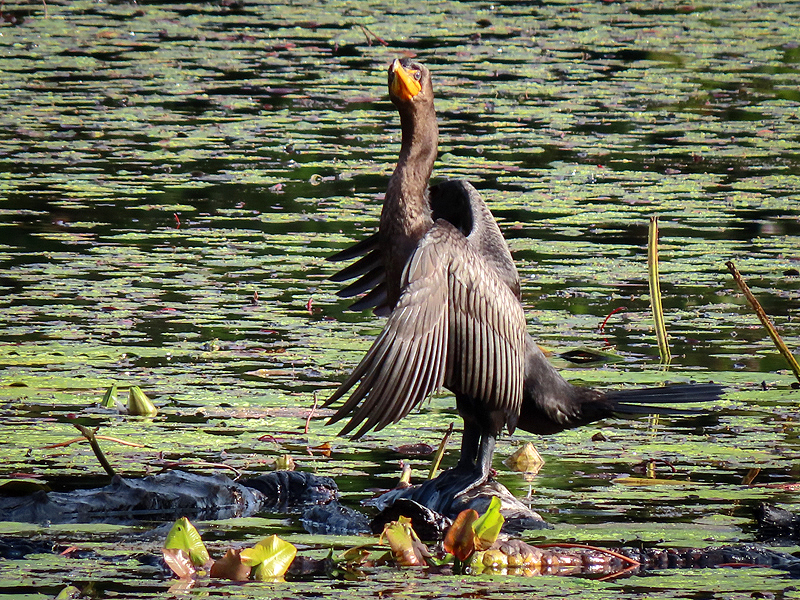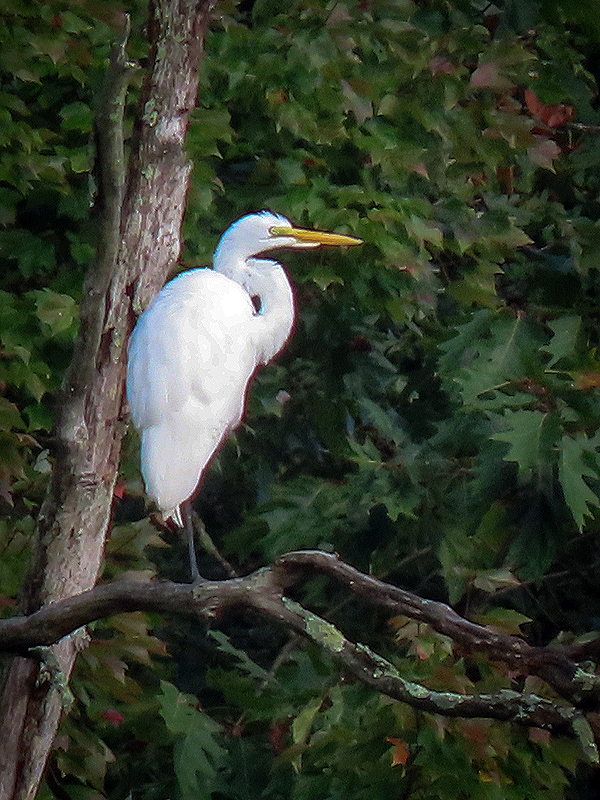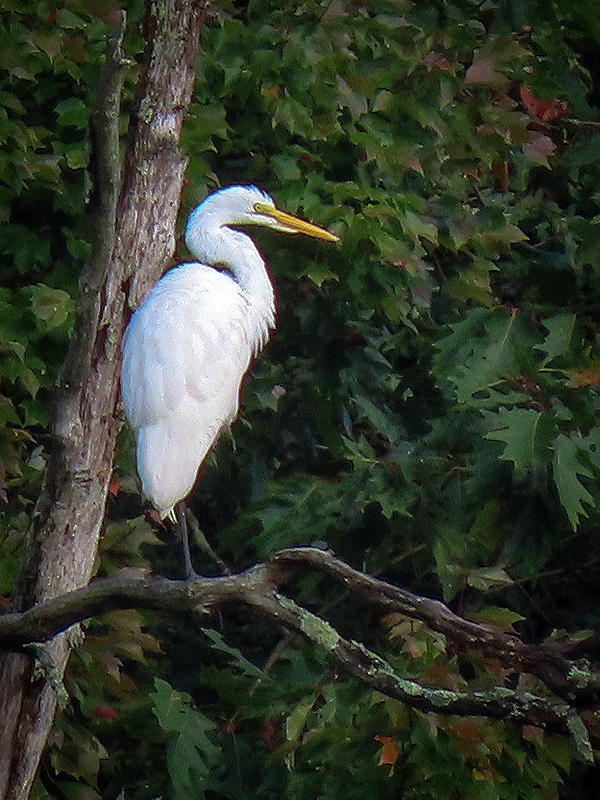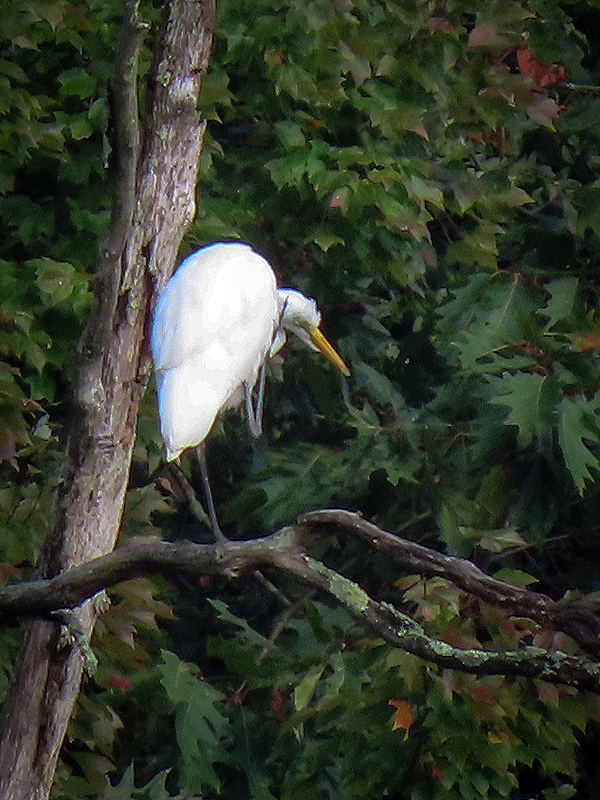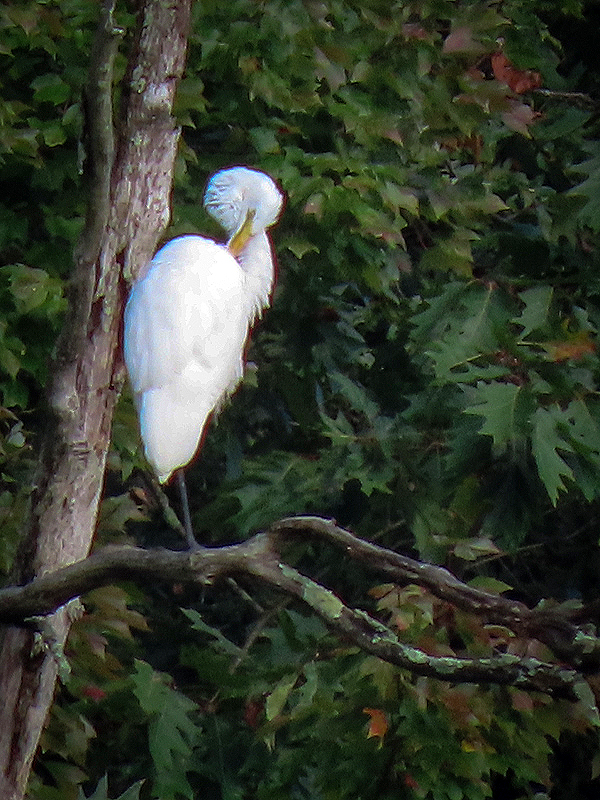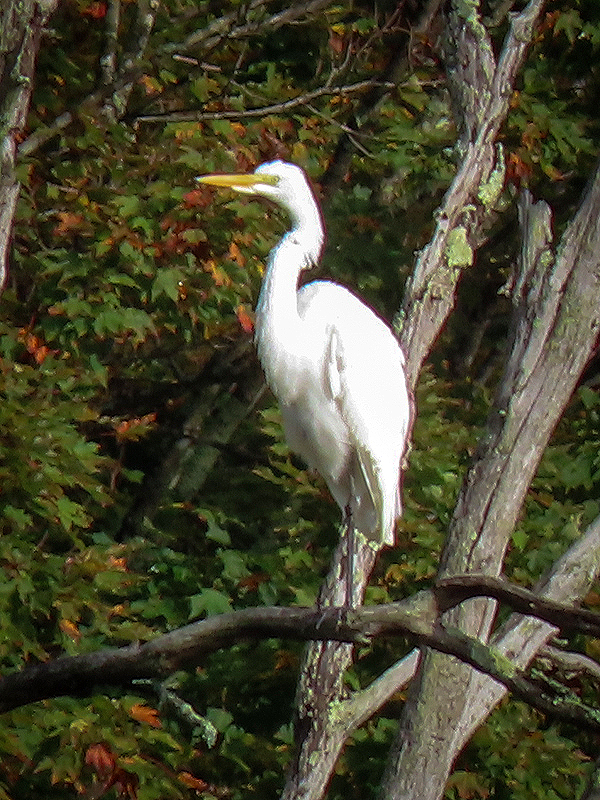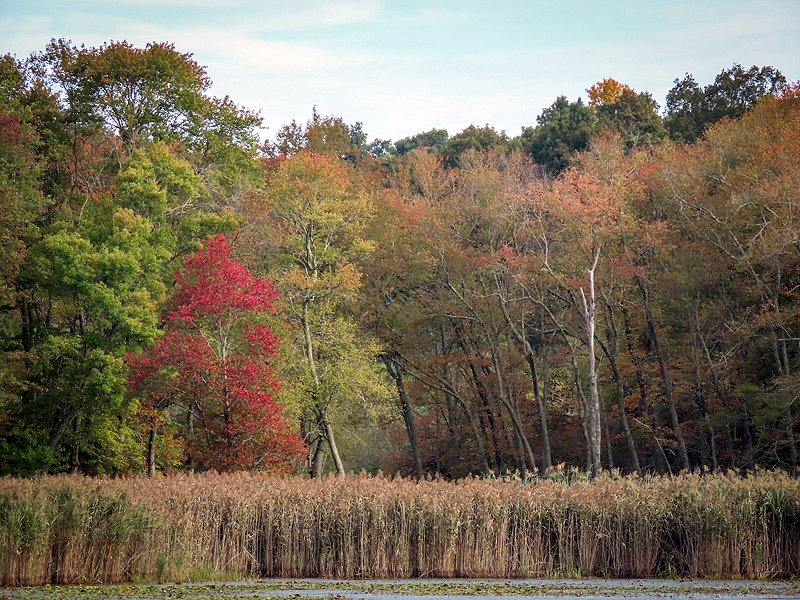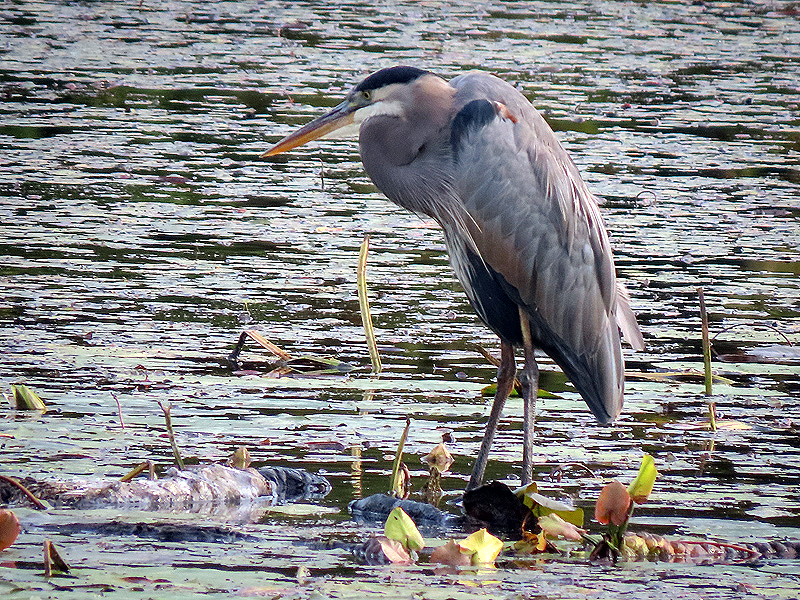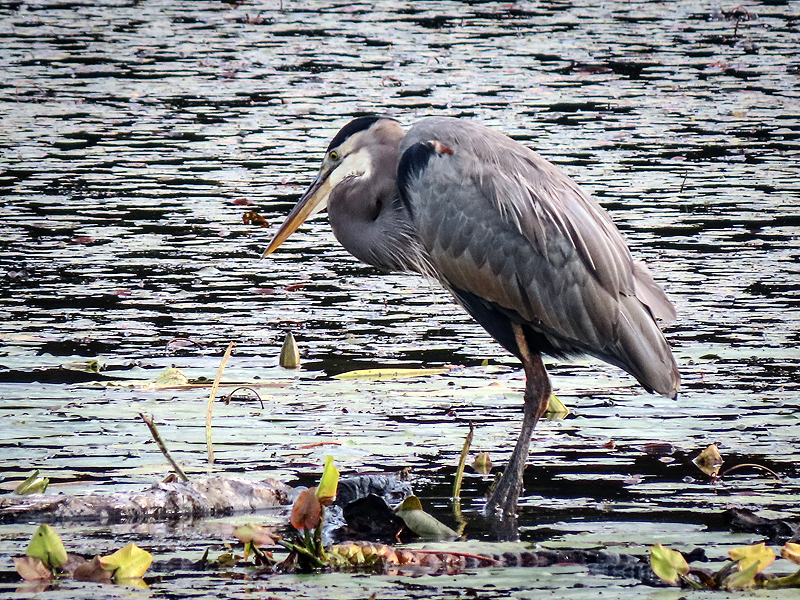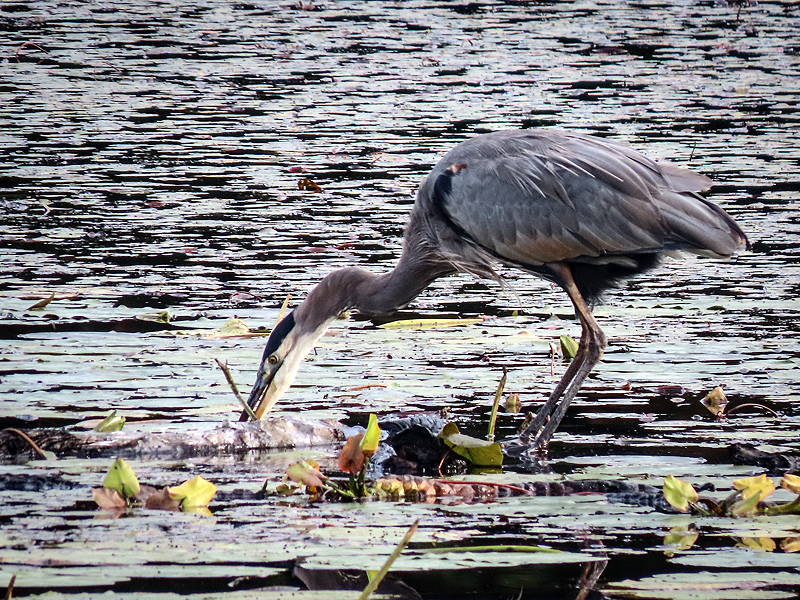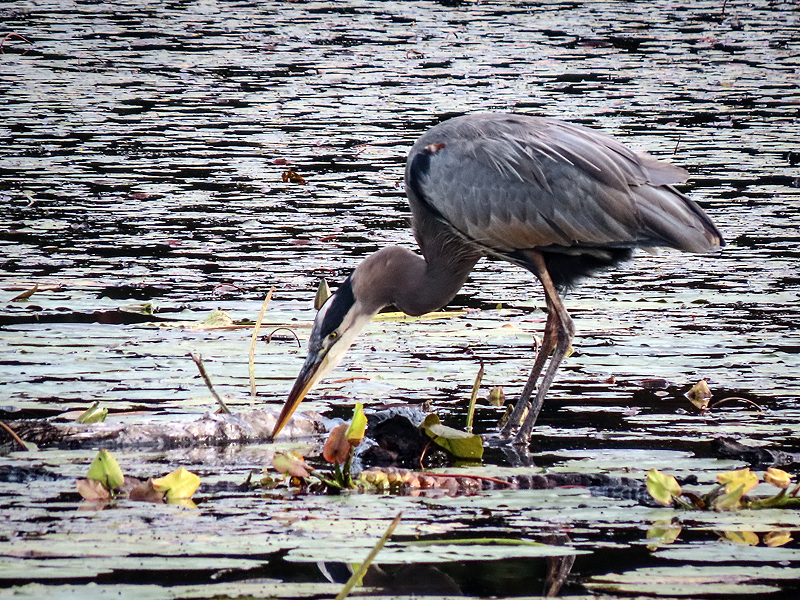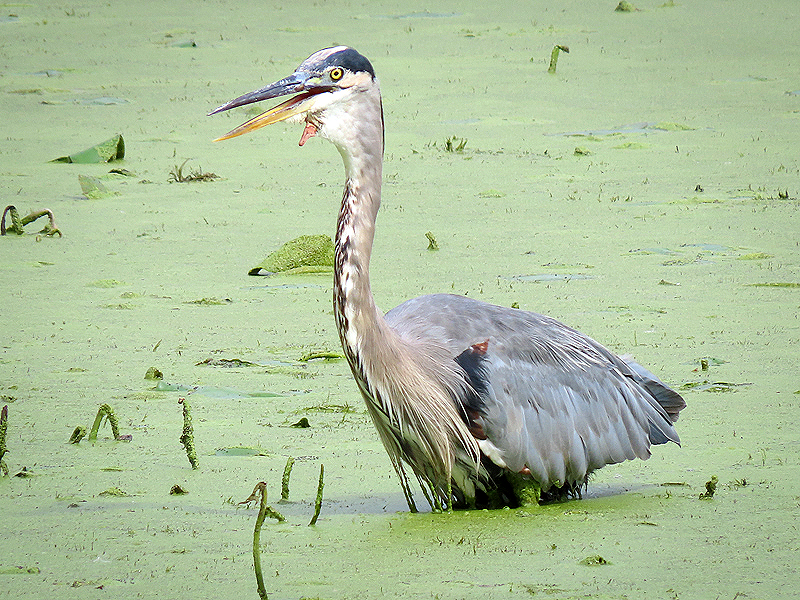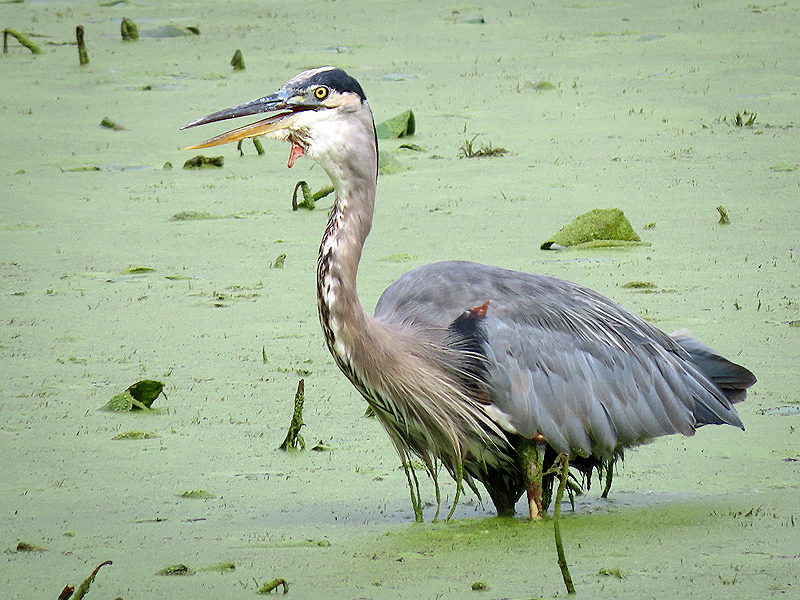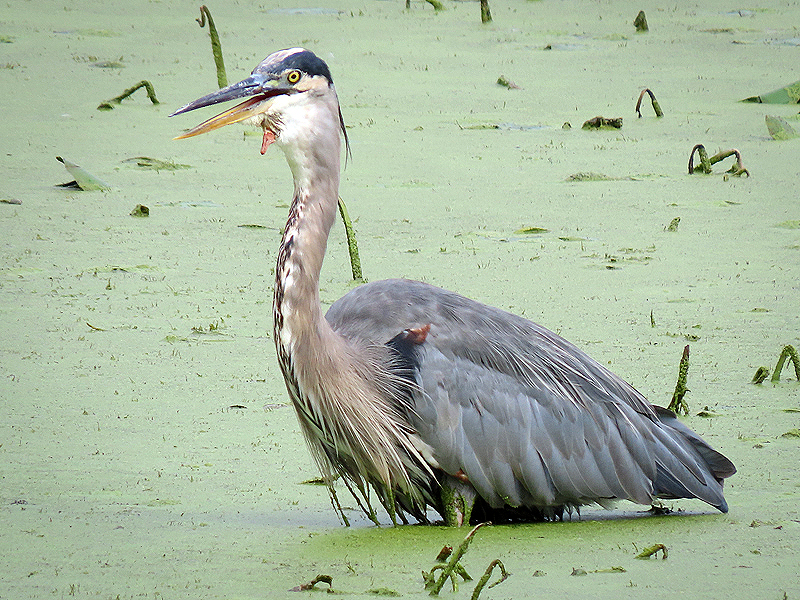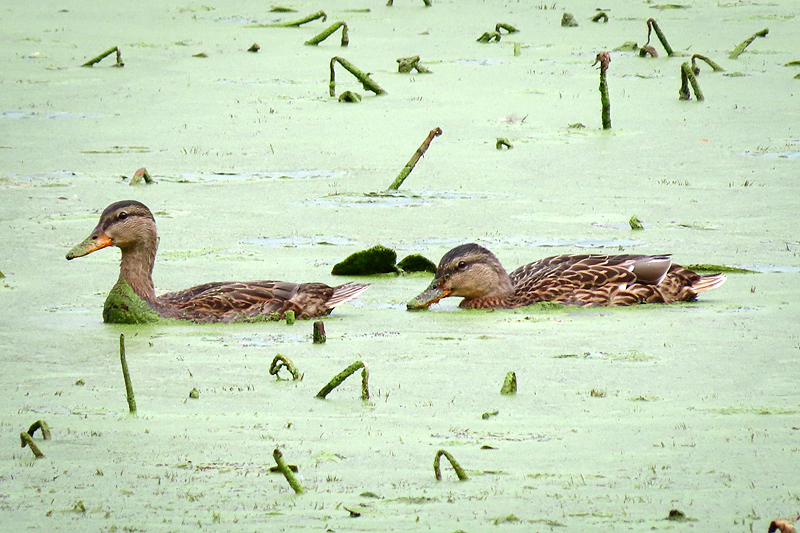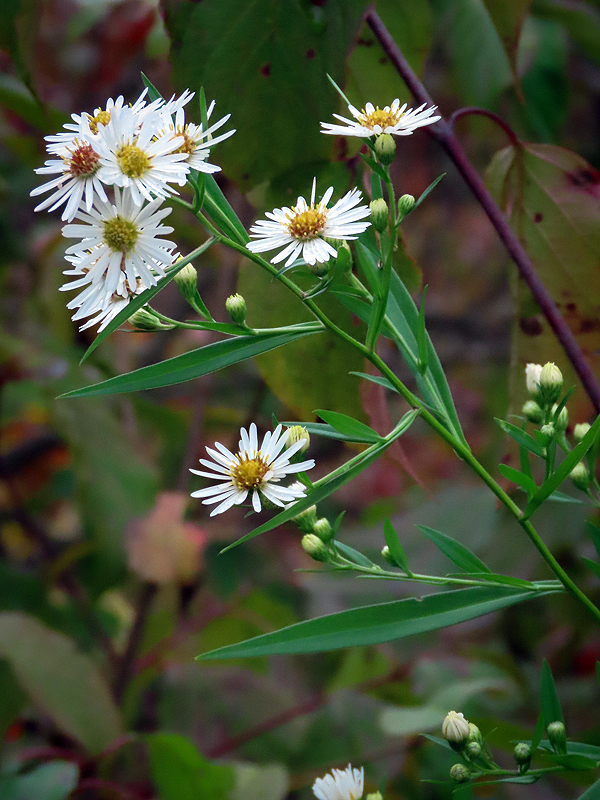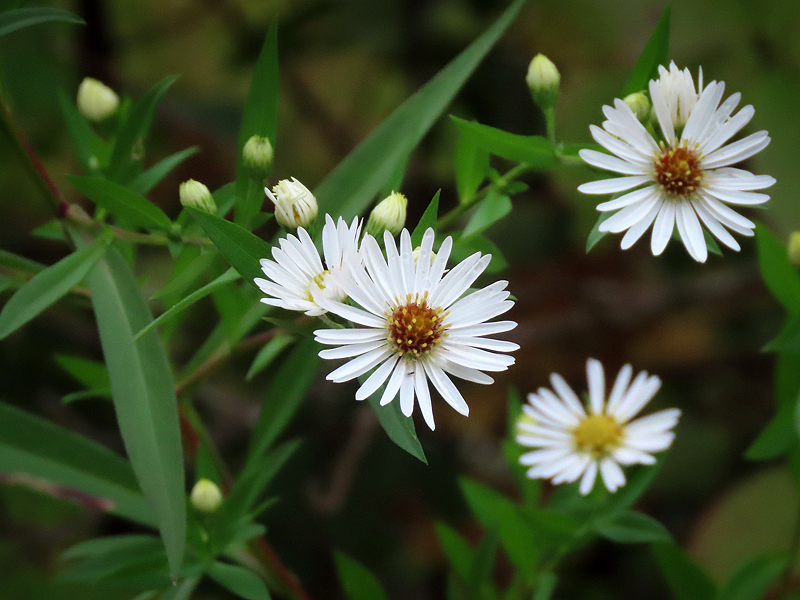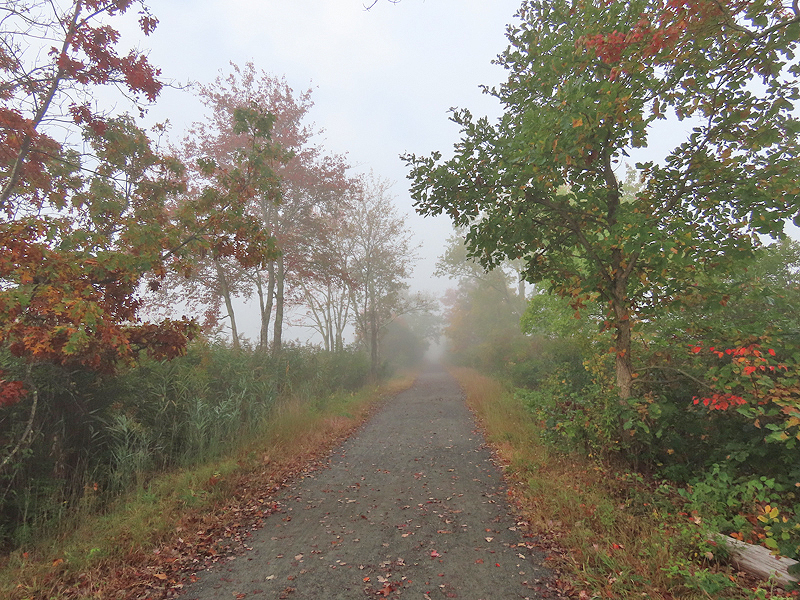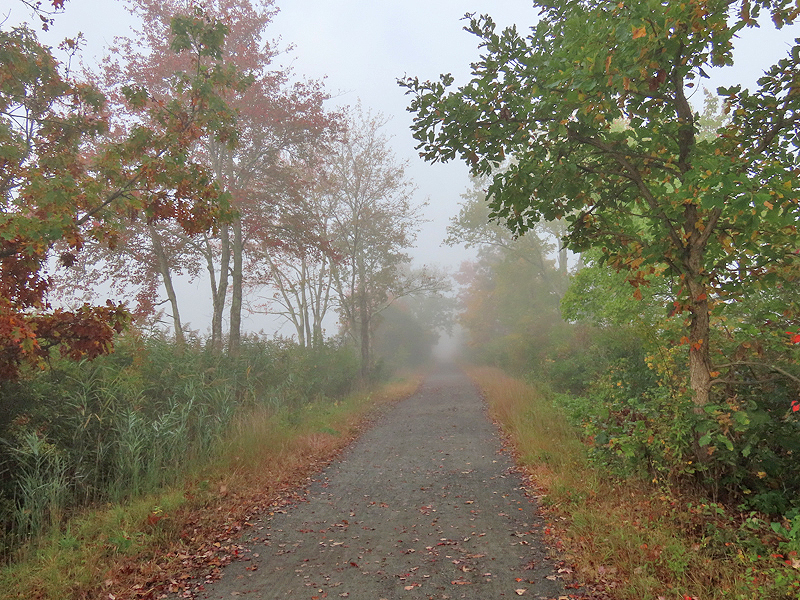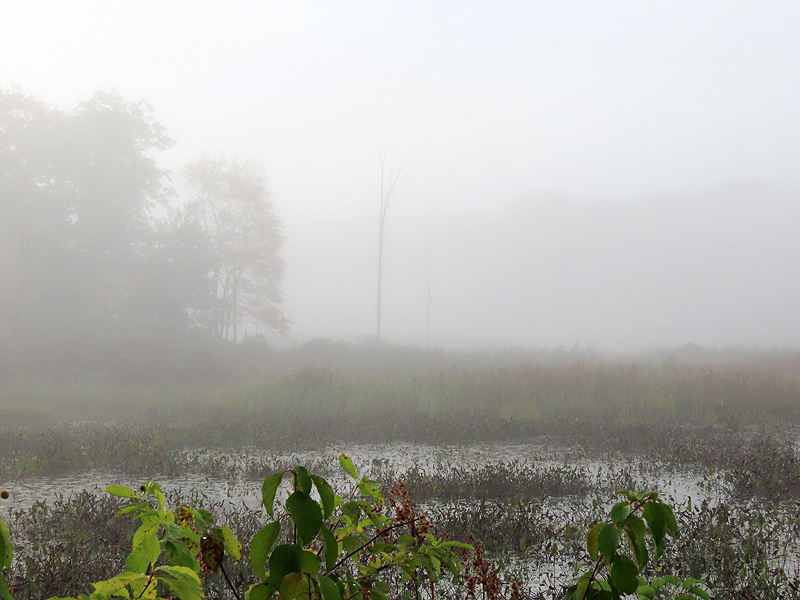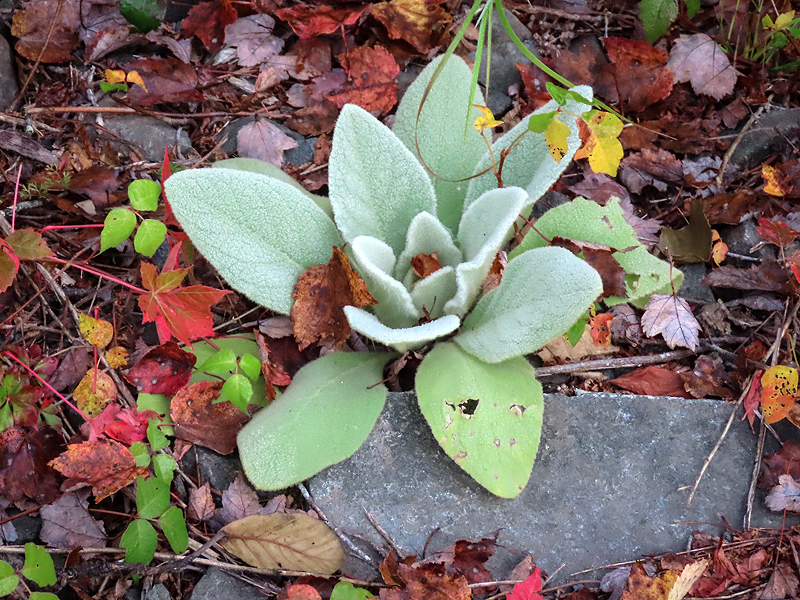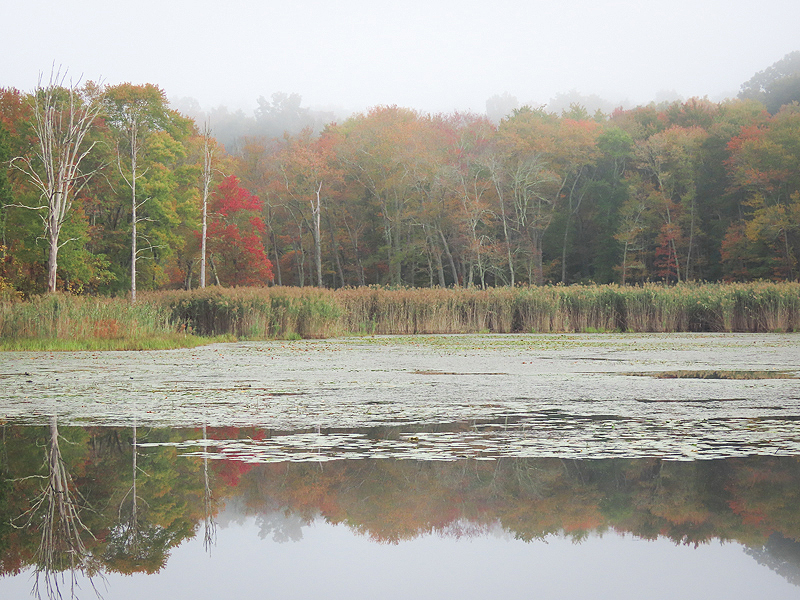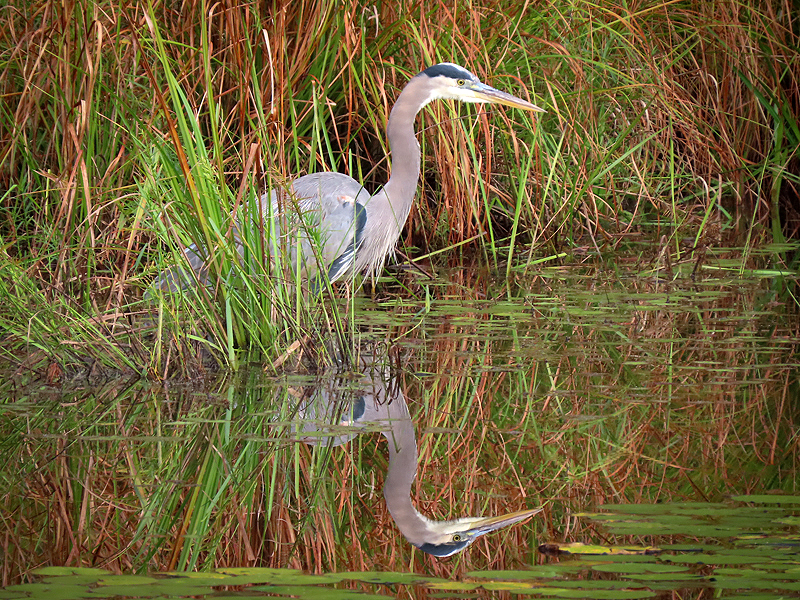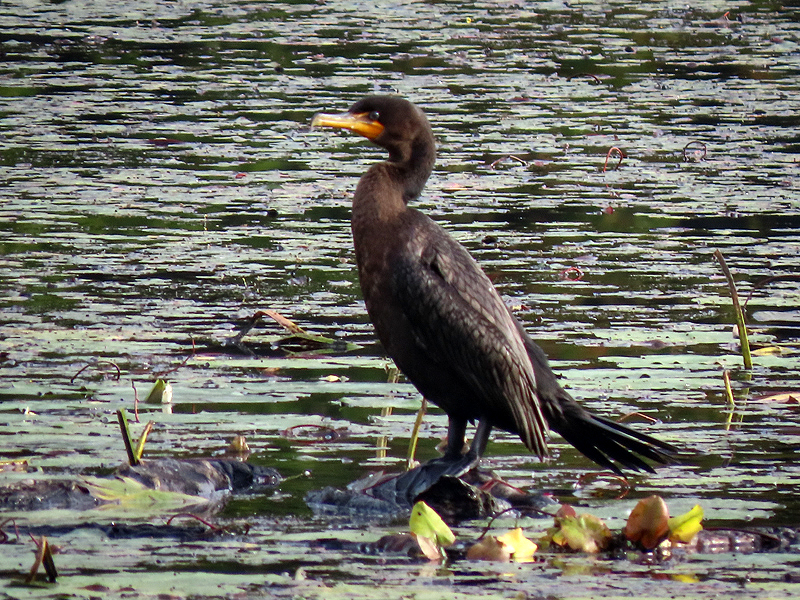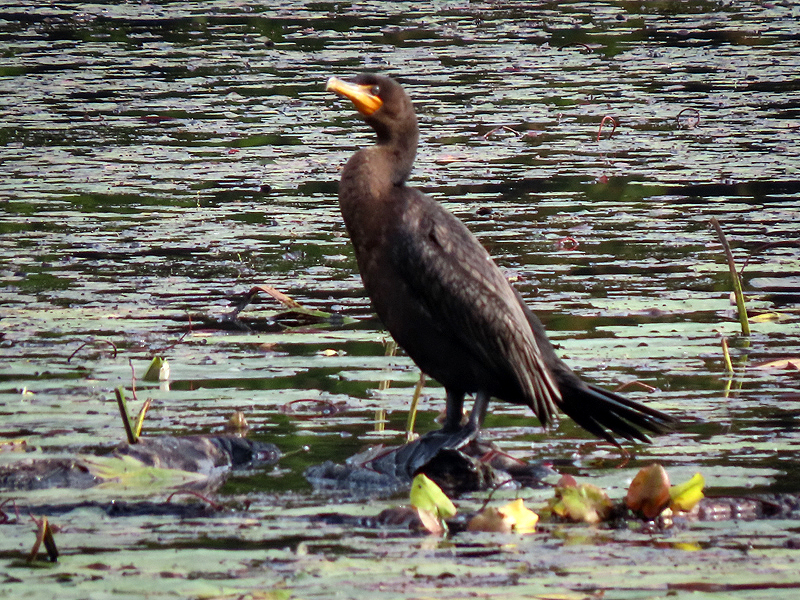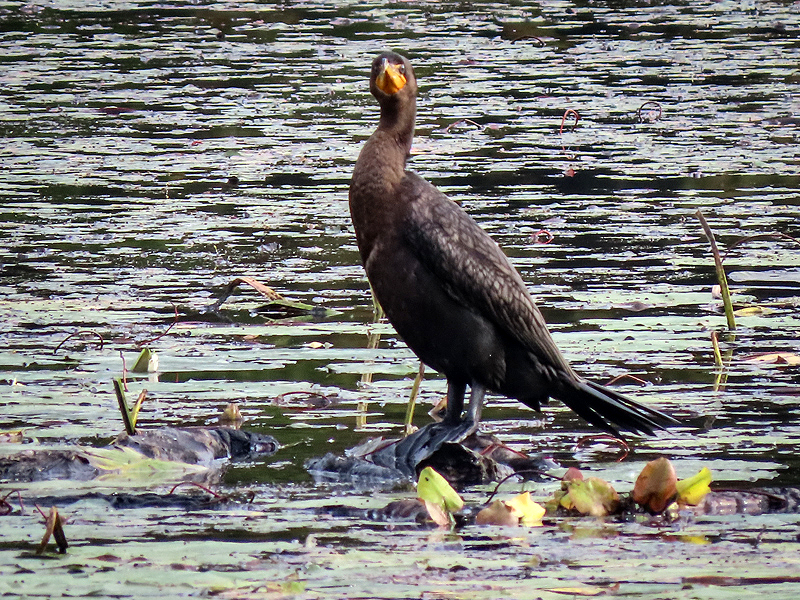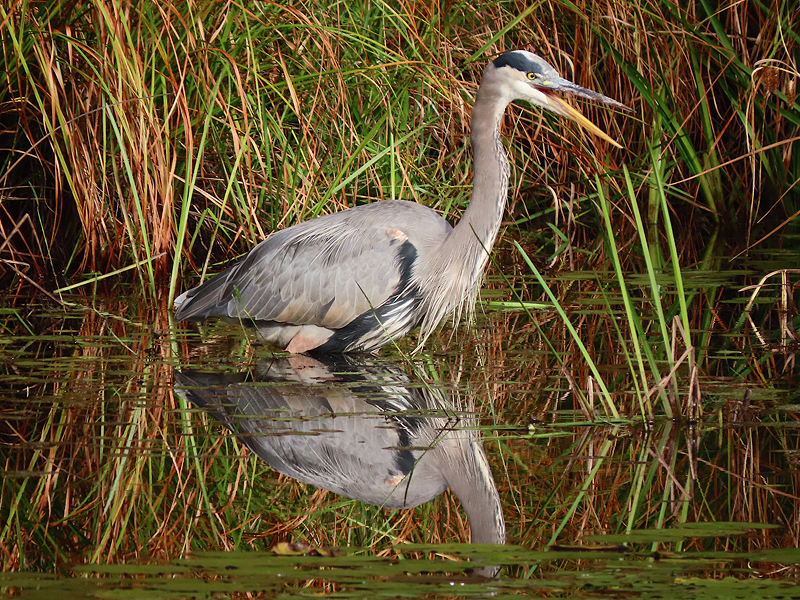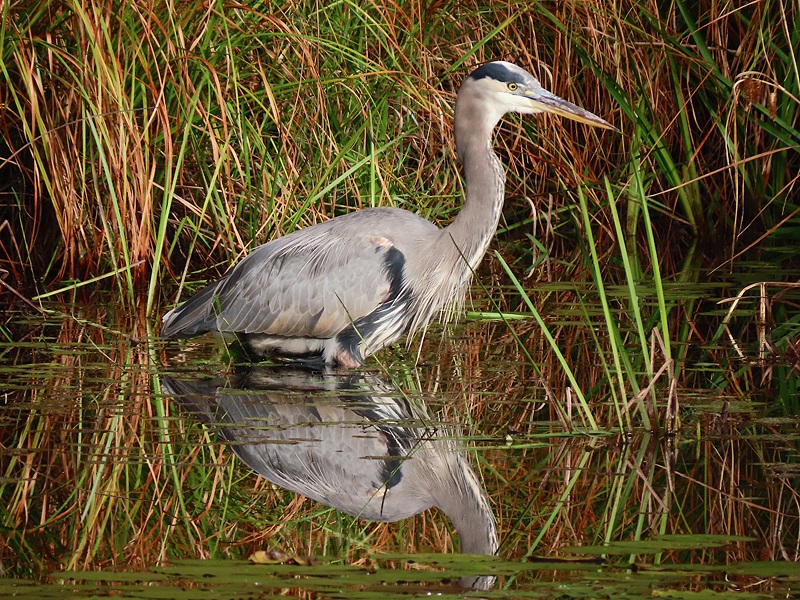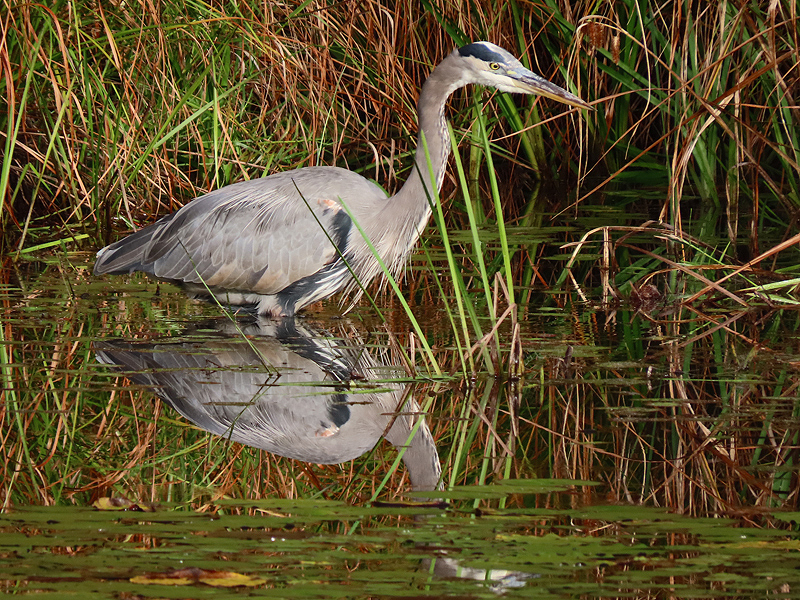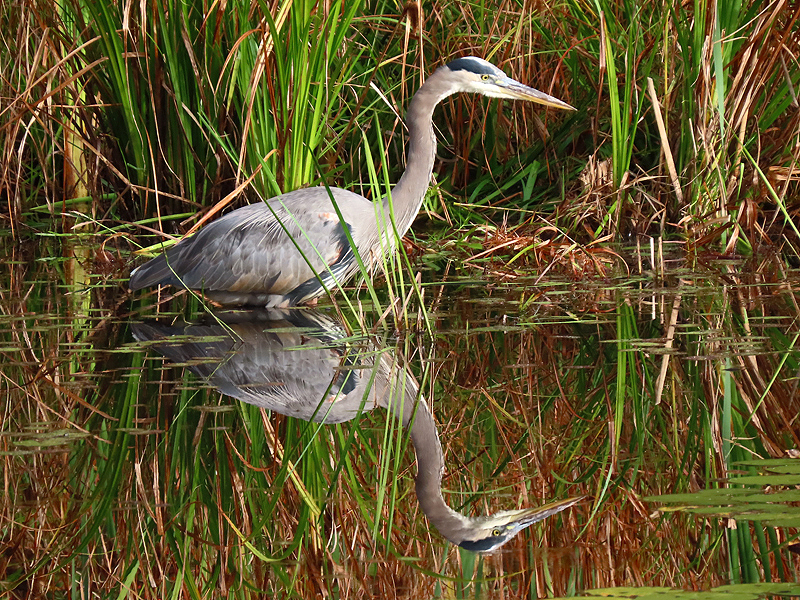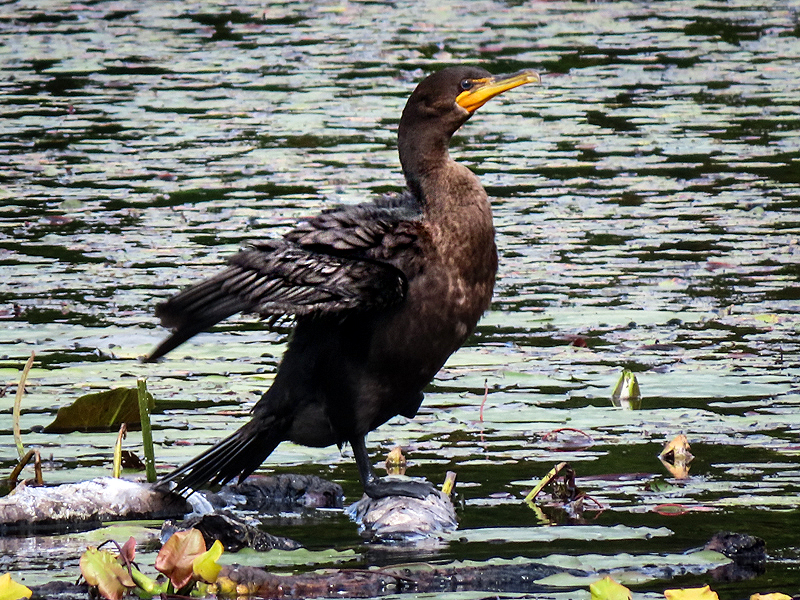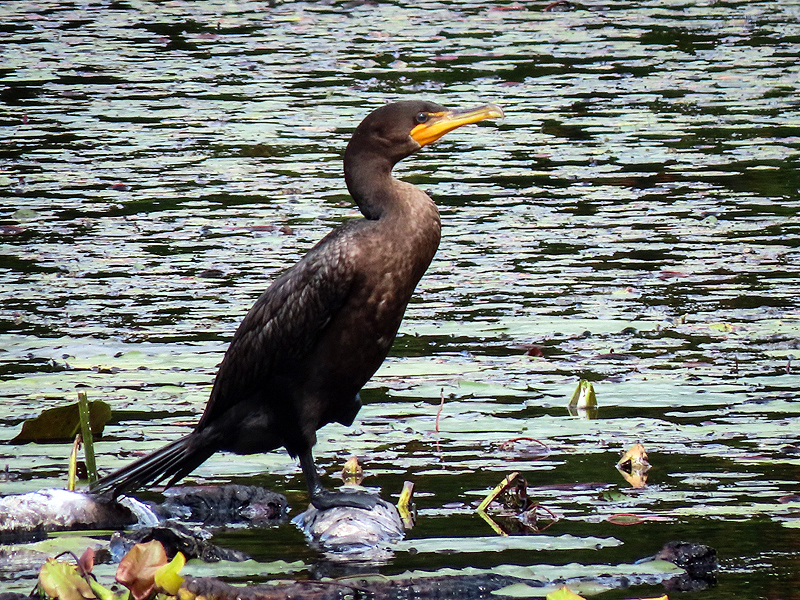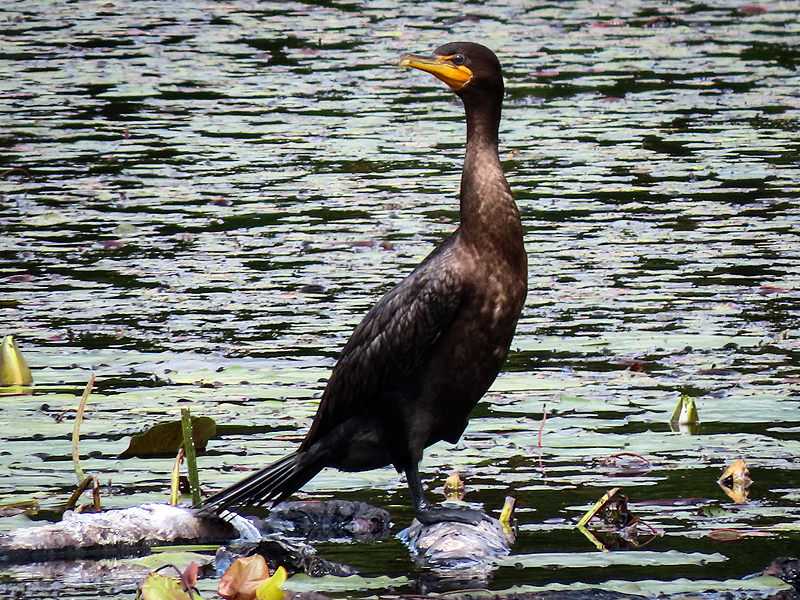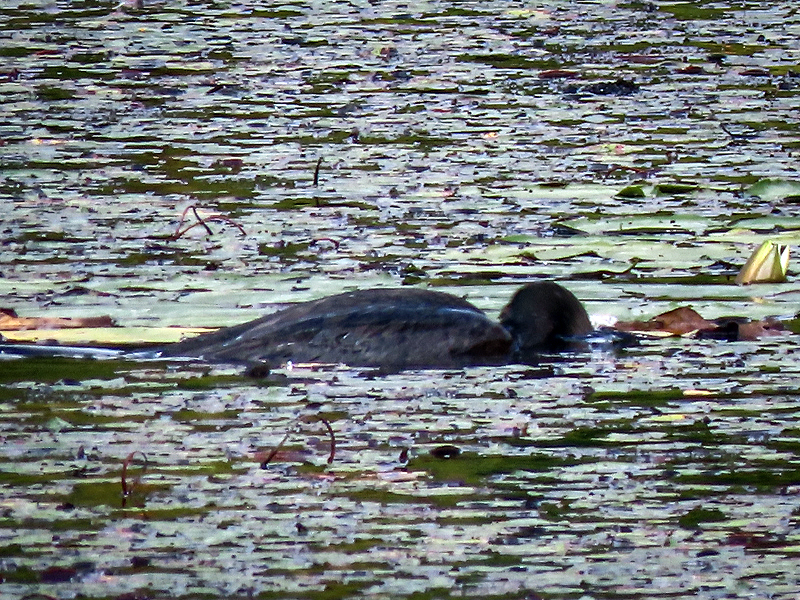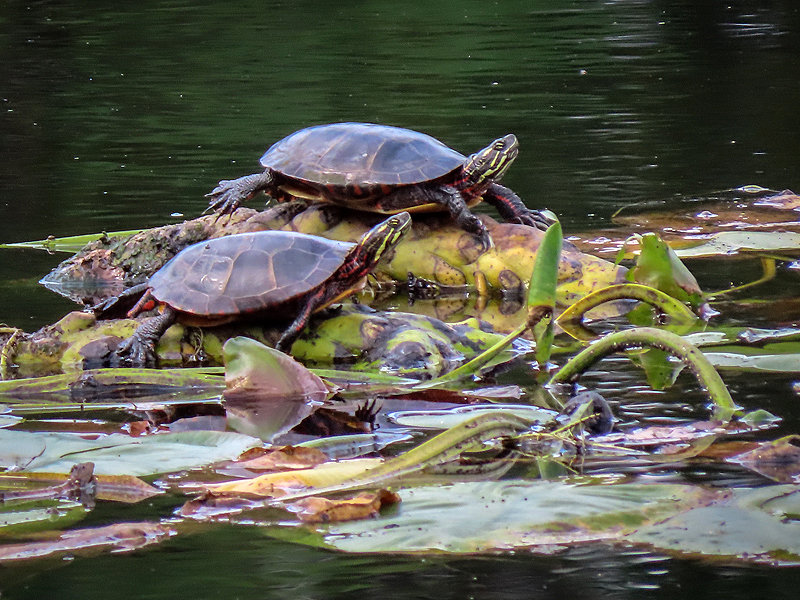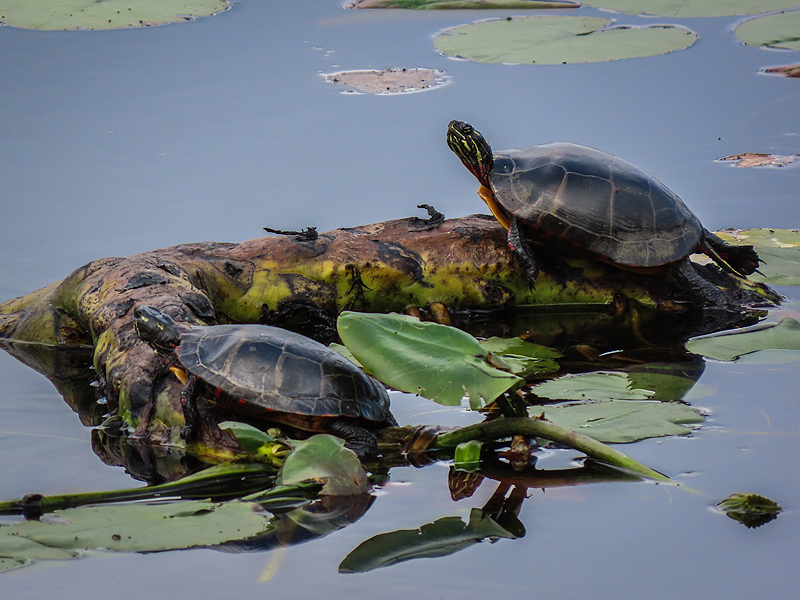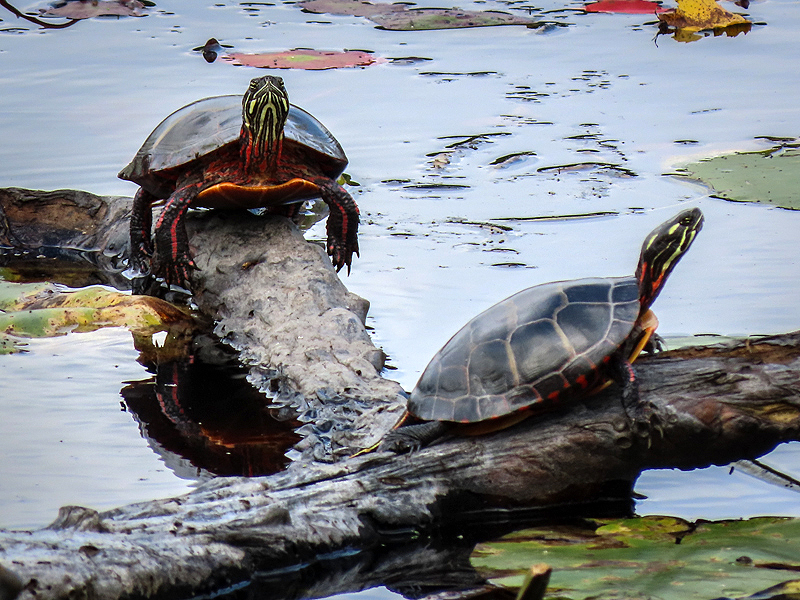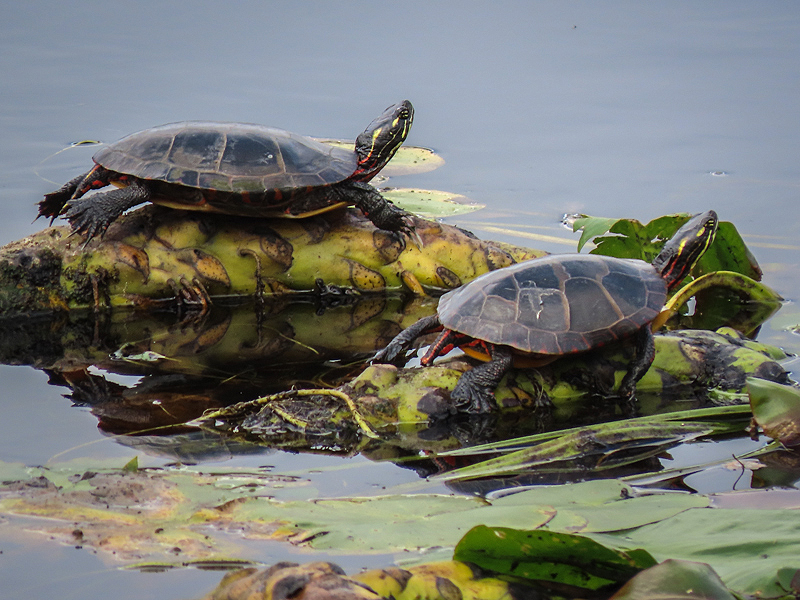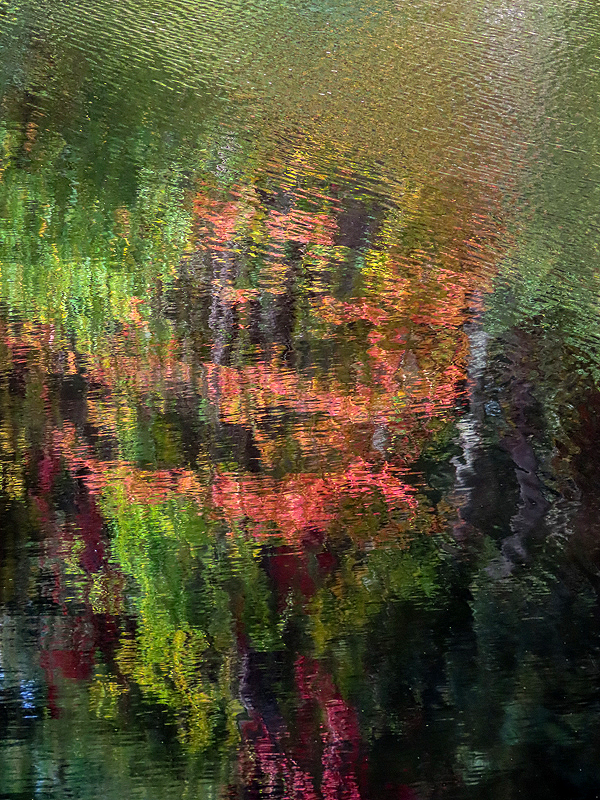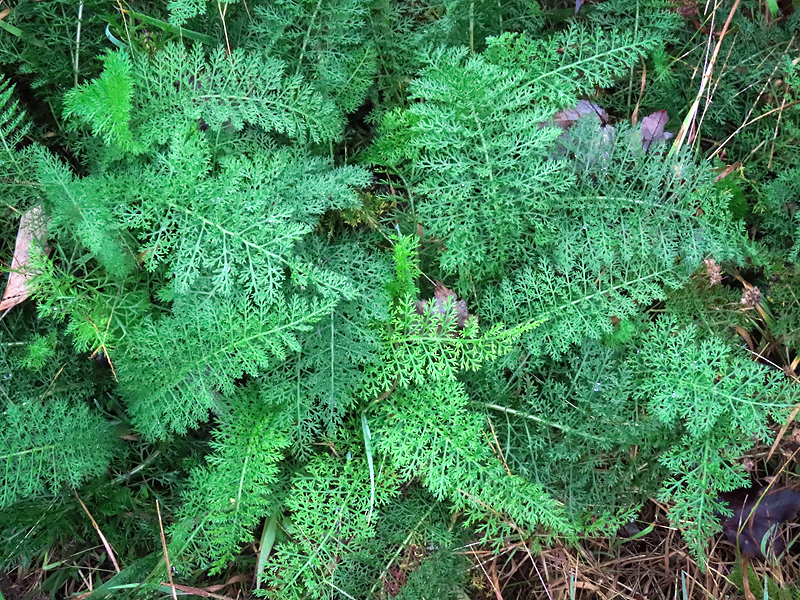Along the Air Line... 2024 - Fall, Part 2 The Air Line Trail in Eastern Connecticut - Stan Malcolm Photos |
HOME: Air Line... 2024 Pages Menu Stan's FlickR Albums |
September 27th. A brief stop at the pond east of River Road. |
Great Blue Heron (Ardea herodius) and a Double-crested Cormorant (Phalacrocorax auritus). |
|
|
|
|
|
|
Great Egret (Ardea alba). |
|
|
|
|
September 28th. A morning visit to the pond east of River Road. |
The Cormorant flew off just as I arrived, and no sign of the Great Egret. |
The Great Blue Heron (Ardea herodius) was around, as always. |
|
It kept bending down in a casual way... |
...pecking at something invisible, or perhaps... |
...drinking? It would put its head up as if swallowing. |
...dip after dip. |
Surely not bothering with insects? |
The resident Great Blue Heron (Ardea herodius) at Cranberry Bog in East Hampton. |
|
|
Mallard (Anas platyrhynchos) duckling and mother duck. |
September 29th. |
Lance-leaved American-aster (Symphyotrichum lanceolatum). |
|
September 30th. Foggy at Raymond Brook Marsh. |
|
|
First year basal rosette of Common Mullein (Verbascum thapsus). It puts up a tall flower spike in the second year. The thick fuzz on the leaves helps protect the plant from frost damage. |
Foggy at the pond east of River Road too. |
Great Blue Heron (Ardea herodius) near the outlet stream. |
The Double-crested Cormorant (Phalacrocorax auritus) was around again. |
Too cloudy and foggy to spread its wings to warm them. |
|
As I headed back out towards the road, the Great Blue Heron hadn't moved far. |
|
|
|
Same day early afternoon back at the pond east of River Road. The Double-crested Cormorant (Phalacrocorax auritus) had hardly moved. |
|
|
|
Eventually the Cormorant swam off, diving and surfacing as it went. |
Lots of Painted Turtles (Chrysemys picta) warming up. |
|
|
|
Tree reflections in the rippled surface. |
October 1st. Basal rosettes of Yarrow (Achillea millifolium). Next year they will put up bloom stalks. |
